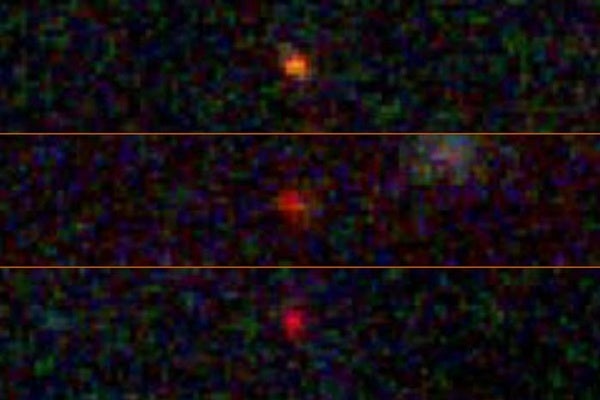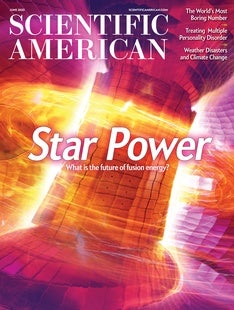 |
| July 20, 2023 |
This week, our top story details the debate over a tantalizing preliminary result from NASA's JWST observatory—the potential detection of gargantuan stars in the early universe that shine via the annihilation of dark matter rather than conventional thermonuclear fusion. Theorists have speculated for years that such bizarre objects could arise in the hot, dense conditions that prevailed not long after the big bang, but evidence for their existence has been scarce at best. This latest study focused on nine far-distant objects glimpsed by JWST, each presumably a galaxy. On closer inspection, however, three of the nine objects showed signs they could in fact be star-like "point sources" rather than diffuse collections of countless stars, despite being as bright as an entire galaxy. Further follow-ups with JWST should resolve the mystery, one way or another. Elsewhere this week, we have stories on inequalities among infinities, the stunted flow of time shortly after the big bang, stunningly powerful solar flares, and much more. Enjoy! |
| | Lee Billings, Senior Editor, Space & Physics
| |
 |
| |
| |
| |
| |
| |
| |
| |
| |
| |
| |
| |
| |
FROM THE ARCHIVE
 | | | |
LATEST ISSUES
 |
| |
| Questions? Comments?  | |
| Download the Scientific American App |
| |
| |






















